Afronding Drive0: een manifest voor de toekomst
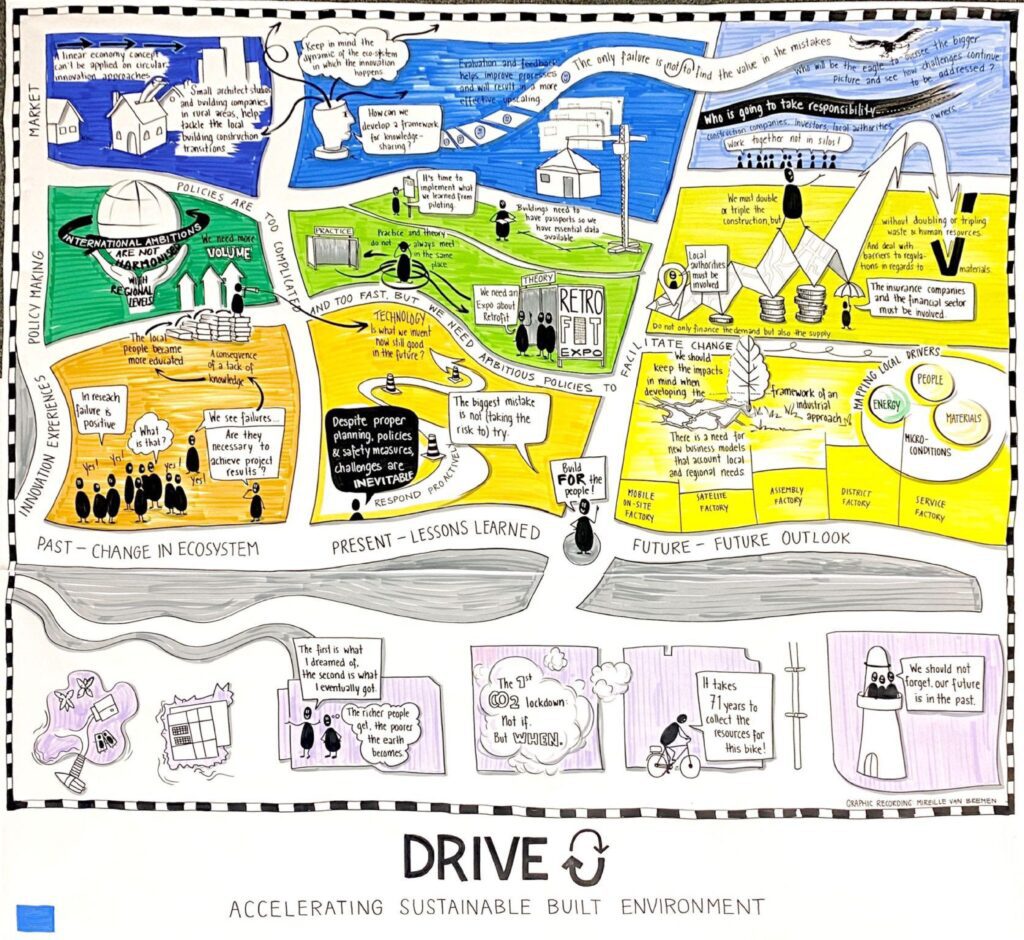
Drive-0 is afgerond. De deliverables en verslagen worden langzaam ingeleverd. Maar de ontwikkelingen rondom het circulair renoveren staan niet stil. In tegendeel zelfs; we moeten gaan versnellen willen we de (inter)nationale doelen halen die gesteld zijn. Daarom is het lectoraat ondertussen weer druk bezig om te experimenteren en innoveren binnen nieuwe projecten, zoals Build Up […]
Integratie onderwijs en onderzoek binnen SURD
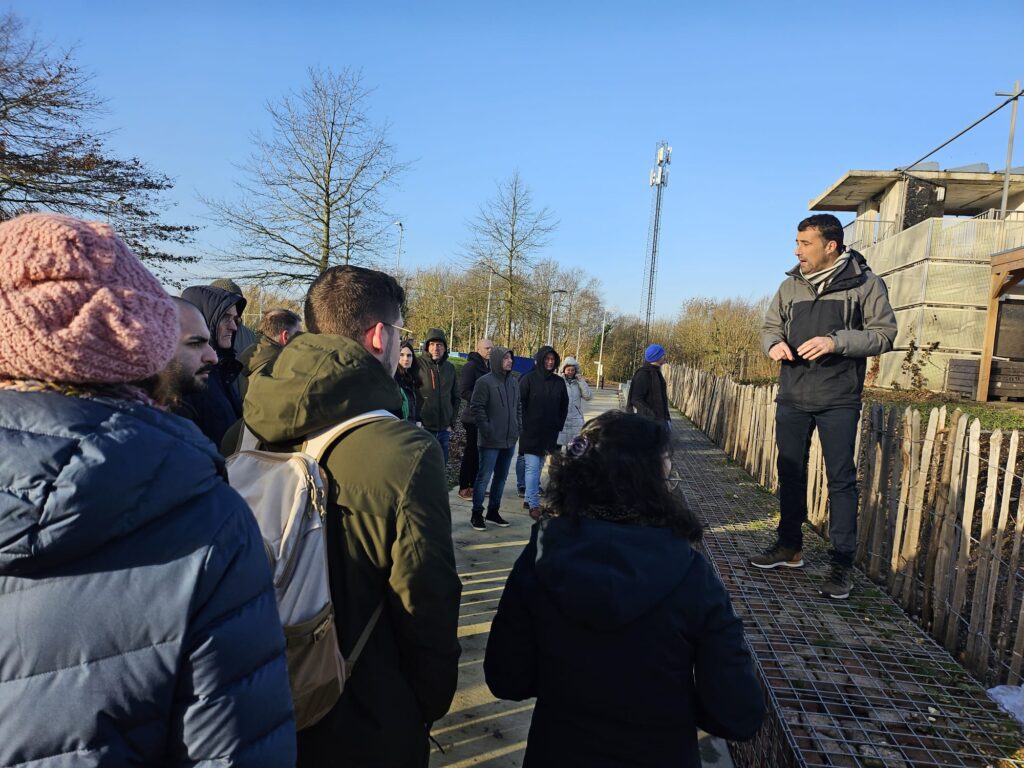
Wij zijn een lectoraat binnen Zuyd Hogeschool. En dat betekent dat het onderzoek dat wij doen, ten goede moet komen aan het onderwijs. En hoe we dat doen? Dat ga ik je hier uitleggen! Afgelopen maandag organiseerde John Van Oorschot een workshop en werkbezoek naar het project SUPERLOCAL – Super Circular Estate voor het team van academie Built Environment Zuyd. […]
Ontwikkeling workshop circulair renoveren
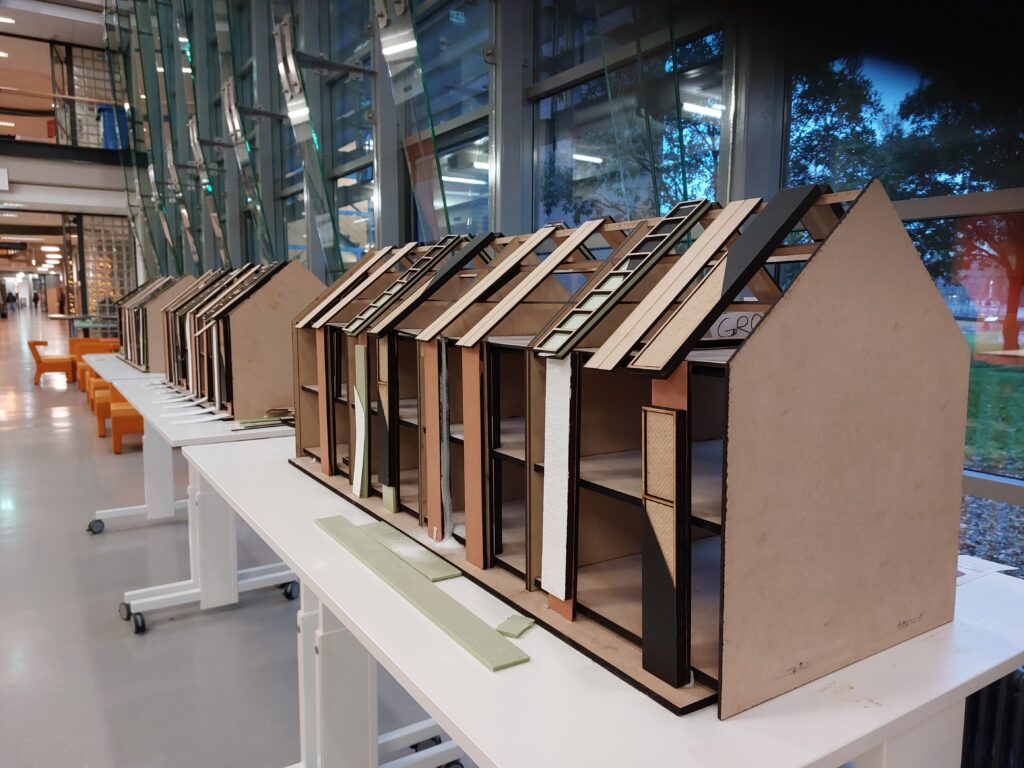
– English below – Trots op onze collega Ivar Bergmans, die naast zijn bijdrage aan de onderzoekslijn circulaire gebouwtechnologie ook een belangrijke stap heeft gezet in het ontwikkelen van het onderwijs binnen dat thema. Hij heeft een workshop ontwikkelt voor bouwkunde studenten waarbij zij zelf kunnen ervaren wat het betekent om circulair te bouwen. De […]
Opening DRIVE-0 mock-up
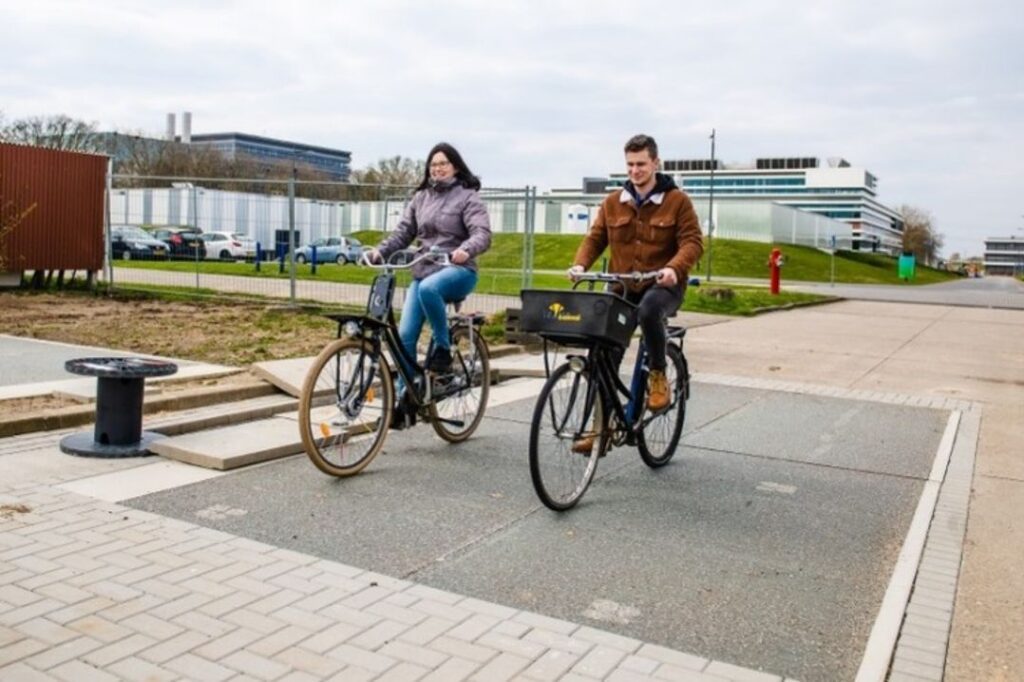
Aanstaande dinsdag 13 september vindt de officiële opening van de mock-up van DRIVE-0 plaats op de Chemelot site. Het DRIVE 0-concept is gebaseerd op het ontwikkelen van circulaire diepgaande renovatieoplossingen.
Nieuwjaarswens

We kijken allen terug op een bijzonder jaar waarin we fysieke meetings wisselden met digitale meetings.
Leren van Limburgs vakwerk
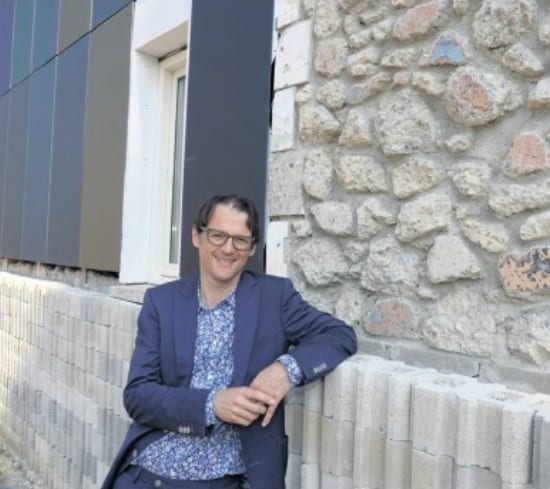
Bron: de Limburger (2021) Qua techniek verschilt duurzaam bouwen in Limburg niet met de rest van Nederland. “Maar het tempo waarmee vooral in de Randstad gebouwd moet worden, verschilt enorm met Limburg en dat biedt ons kansen”, vertelt Michiel Ritzen uit Maastricht. Hij is architect en programmaleider circulair bouwen bij het lectoraat Smart Urban Redesign […]
Urban Living Labs as Innovation Infrastructure for Local Urban Intervention Acceleration and Student Social Learning: the Impacts on Community Wellbeing in Heerlen
Abstract Cities are championing urban experiments in order to address societal challenges and increased urban complexity. In fact, and following fellow researchers, urban experiments are used as a method in a broader trend in public policy to align urban planning with citizen needs by viewing cities as platforms for societal transformation that require, and should […]
What Was the DRIVE0 Project Sbout? A Full Publishable Report on the Project’s Results
«DRIVE 0 – Driving decarbonization of the EU building stock by enhancing a consumer centred and locally based circular renovation process»
The DRIVE 0 project deals with the promotion of strategies for the decarbonisation of the existing building stock through the implementation of deep renovation interventions. The project aims at promoting the adoption of a circular approach in renovation processes that, in order to be attractive and effective, must be based on the customer’s actual needs.
According to the DRIVE 0 approach, circular retrofitting is based on the use of energy from renewable sources and the use of materials from biological or technical cycles, in which waste production is minimised and end-of-life strategies with a positive impact on the environment are envisaged.
LIFE Buildupspeed
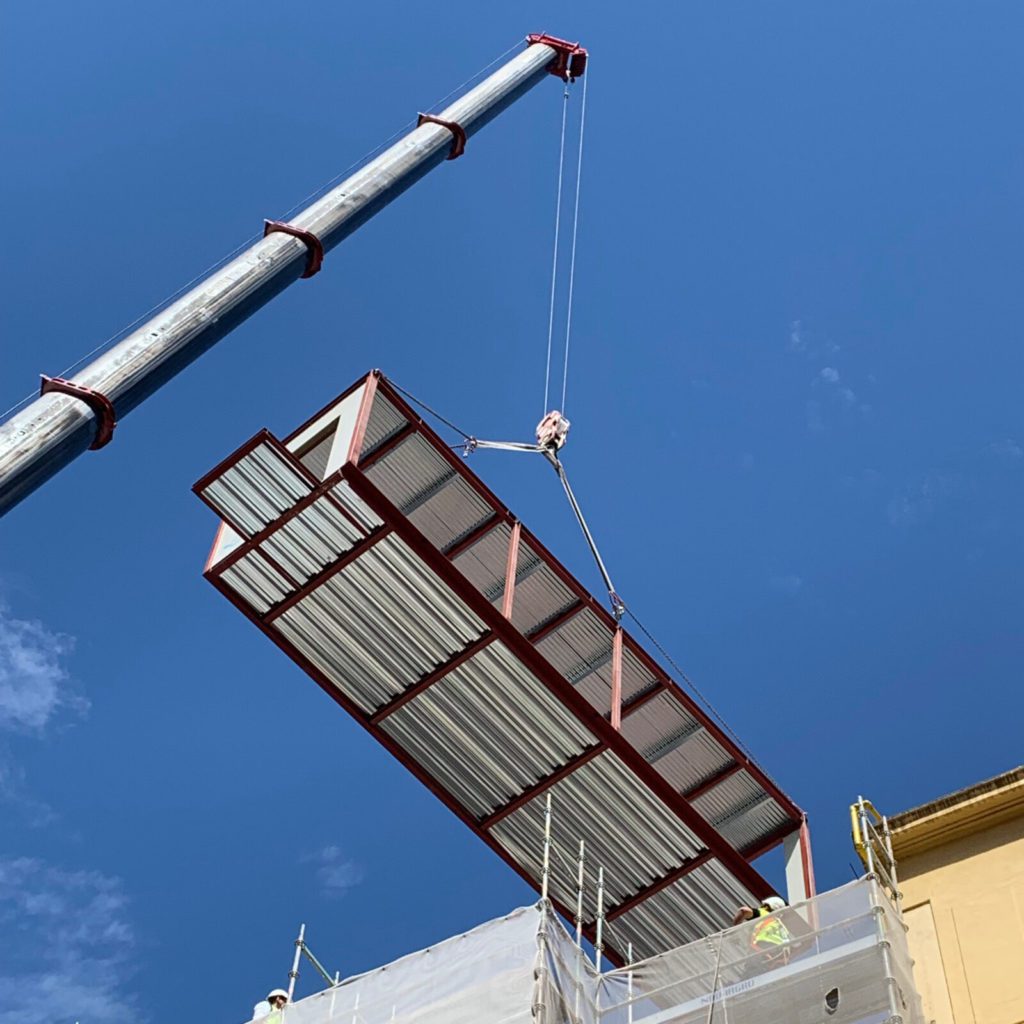
Looptijd Budget Onderzoekspartners UHasselt RWTH Aachen University Brightlands Chamelot Campus Publieke partners TNO Euregio Meuse-Rhine Netwerkpartners SolaRoad Strukton ACCS Imec Onderzoekers
Mooi/SFEER
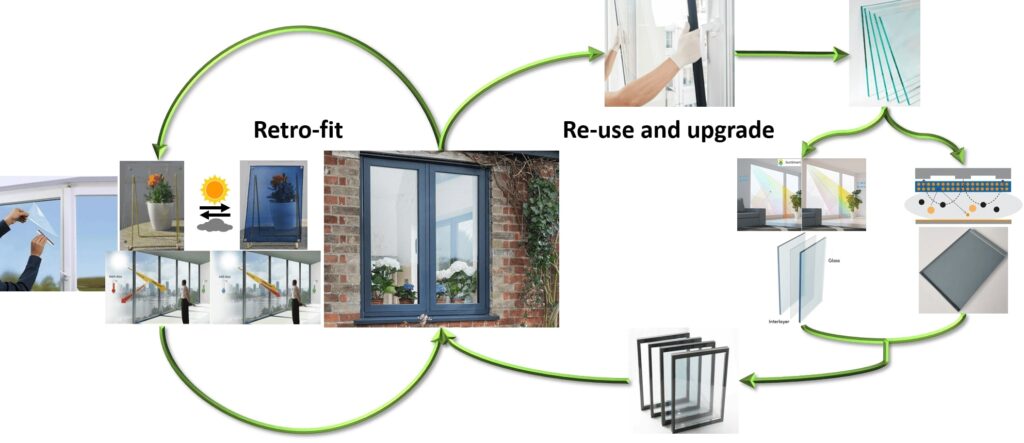
Looptijd Budget Onderzoekspartners TU/e Publieke partners TNO Netwerkpartners ClimAd Technology Hembu GSF Glasgroep OMT Solutions Timmermans Hardglas Sekisui Europe Ecomatters Vlakglas Recycling Nederland de Alliantie Onderzoekers
